So, you’re ready to buy your first domain name? Picking the right domain registrar (a domain seller) out of the gate is important, but there are a lot of options out there. Here are my favorite registrars to use, and some things you need to keep in mind while picking them out.
6
GoDaddy: Popular, But Comes With Caveats
Let’s face it, you’ve likely heard of GoDaddy and maybe even used them in the past. GoDaddy has the brand recognition as a go-to in the domain industry, and has for many years.
However, GoDaddy has a few downsides you should be aware of. First off, GoDaddy simply isn’t nearly as feature-packed as some of the other options on this list. The interface that GoDaddy uses also feels extremely dated, and isn’t quite as easy to use.
GoDaddy is also known to have hidden upsells and higher renewal costs for domains, making pricing a bit more tricky to nail down than the other options on this list. While your first year might be ultra-cheap, subsequent years could get pretty costly, and GoDaddy often requires that you pay for multiple years up front to get the “lowest price.”
If you want a well-known registrar that’s been around the block for decades, then GoDaddy is a solid option. Though, I’d likely recommend checking out any of the other registrars on this list before going through GoDaddy for your domain purchase, personally speaking.
5
Squarespace: The Google Domains Successor
Squarespace has been around for quite a while. The company has also sold domains for almost its entire existence. However, recently, Google shut Google Domains down and merged it with Squarespace.
Honestly, I wouldn’t really recommend you purchase a domain through Squarespace unless you’re already using the company as your website builder. It’s great for that, but not as a standalone registrar.
Squarespace doesn’t offer a ton of options or pricing flexibility when it comes to domain choice, with .com domains costing $14, but it does work well if you plan to host your website there, letting you keep everything under one roof.
4
Porkbun: Quirky Name, Serious Value
While not quite as low-cost as Cloudflare, Porkbun is actually a quirky and fun registrar.
A .com domain is typically $11.04 from Porkbun, which is slightly higher than Cloudflare, but not by much. However, as an interesting aside, Porkbun utilizes Cloudflare for its DNS management—giving a simpler user interface for your domain management with the power of Cloudflare backing it.
If you want to leverage Cloudflare, but aren’t sure about its complexities, then I’d recommend going with Porkbun. When it comes to domain cost, Porkbun is actually relatively up-front with whether they’re upcharging a domain.
3
Hover: Clean Interface, No Upsells
Hover is on the more pricey side of domains, but there’s a benefit to paying a bit more: simplicity. Hover has no upsells that they try and tack onto domain sales, and the overall interface is pretty simple and straightforward.
In addition to that, Hover offers a great suggestions interface if you’re not quite sure what domain you want to buy (or if the one you want to buy happens to already be taken).
At $19 or more for a standard .com domain, there are cheaper registrars out there, for sure. However, if simplicity and avoiding upsells is what you’re after, it’s hard to go wrong with Hover.
2
Namecheap: Affordable and User-Friendly
Namecheap is well-known in the domain industry and is one one of the most popular registrars around.
One of the primary reasons people turn to Namecheap is the price. Namecheap typically offers some sort of first-year discount on newly registered domains. However, if you don’t qualify for the new customer promo, or you want to just pick one registrar and stick with them, Namecheap might not be for you.
While Namecheap is a decent registrar all around, their .com renewals are (at the time of writing), $16.98 per year. Compared to Cloudflare’s $10.44 cost for both registration and renewal, Namecheap is over 50% more expensive.
However, Namecheap is definitely more user-friendly than Cloudflare. After Google Domains shut down, I moved everything to Namecheap and used their service for about a year. I was honestly quite pleased with the service that Namecheap provided, but as I used Cloudflare as my CDN and for other functions, it only made sense for me to move over there.
1
Cloudflare: The Best Option
Cloudflare is one of the biggest names in the industry when it comes to DNS, caching, security, and is one of the biggest name servers out there.
However, Cloudflare is also a great registrar for domains, too. One of my favorite things about Cloudflare is their transparent pricing and no markups on the domains sold.
Some registrars mark up the pricing on domains, as that’s where they make their profit. Cloudflare has other avenues for that, so domain sales are just passed through pricing to keep things as affordable as possible, with .com domains costing $10.44 at the time of writing.
Cloudflare also offers other features like built-in security and DDoS protection, which is something you typically have to pay for. One final stand-out feature of Cloudflare is its free CDN (content delivery network).
A CDN takes small assets from your website and distributes them around the globe. That way, when people access your site, assets load from a server close to them, instead of thousands of miles away. This is yet another free feature that you typically pay for, and one of the primary reasons I highly recommend Cloudflare.
Now that you have a domain name and a new registrar, why not spin up your own website? It’s actually pretty simple to do using Ghost and a few Docker containers on your home network.

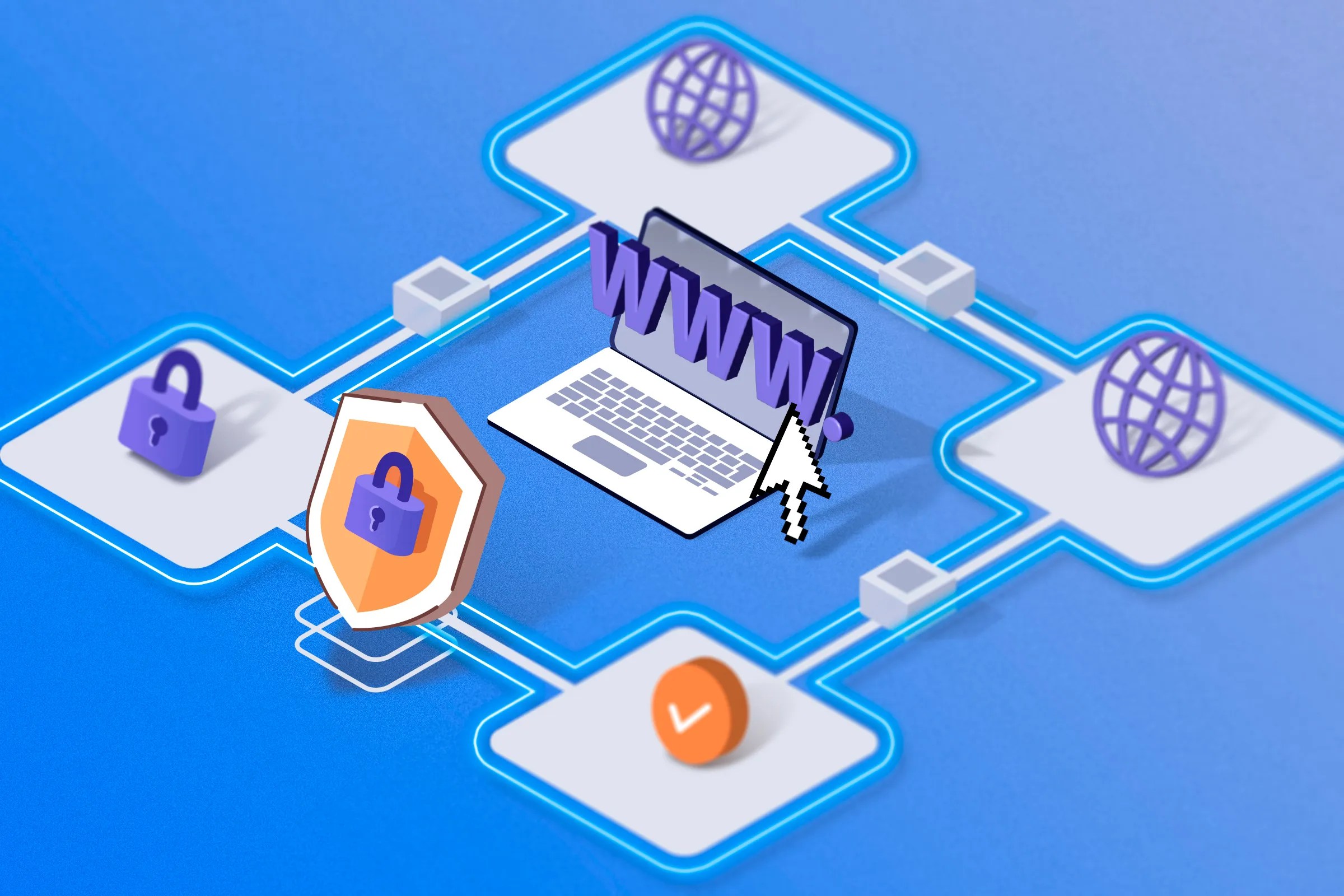
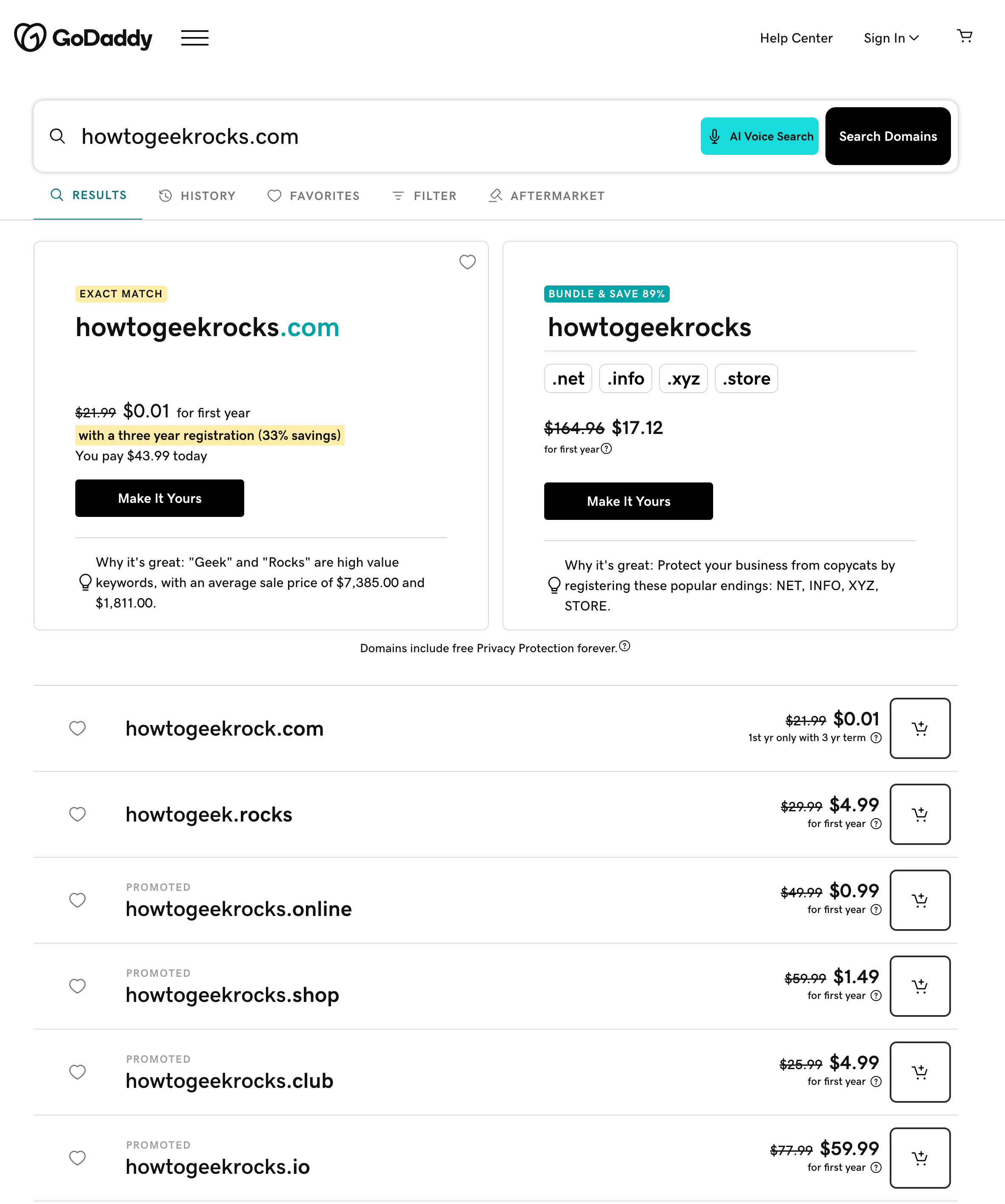
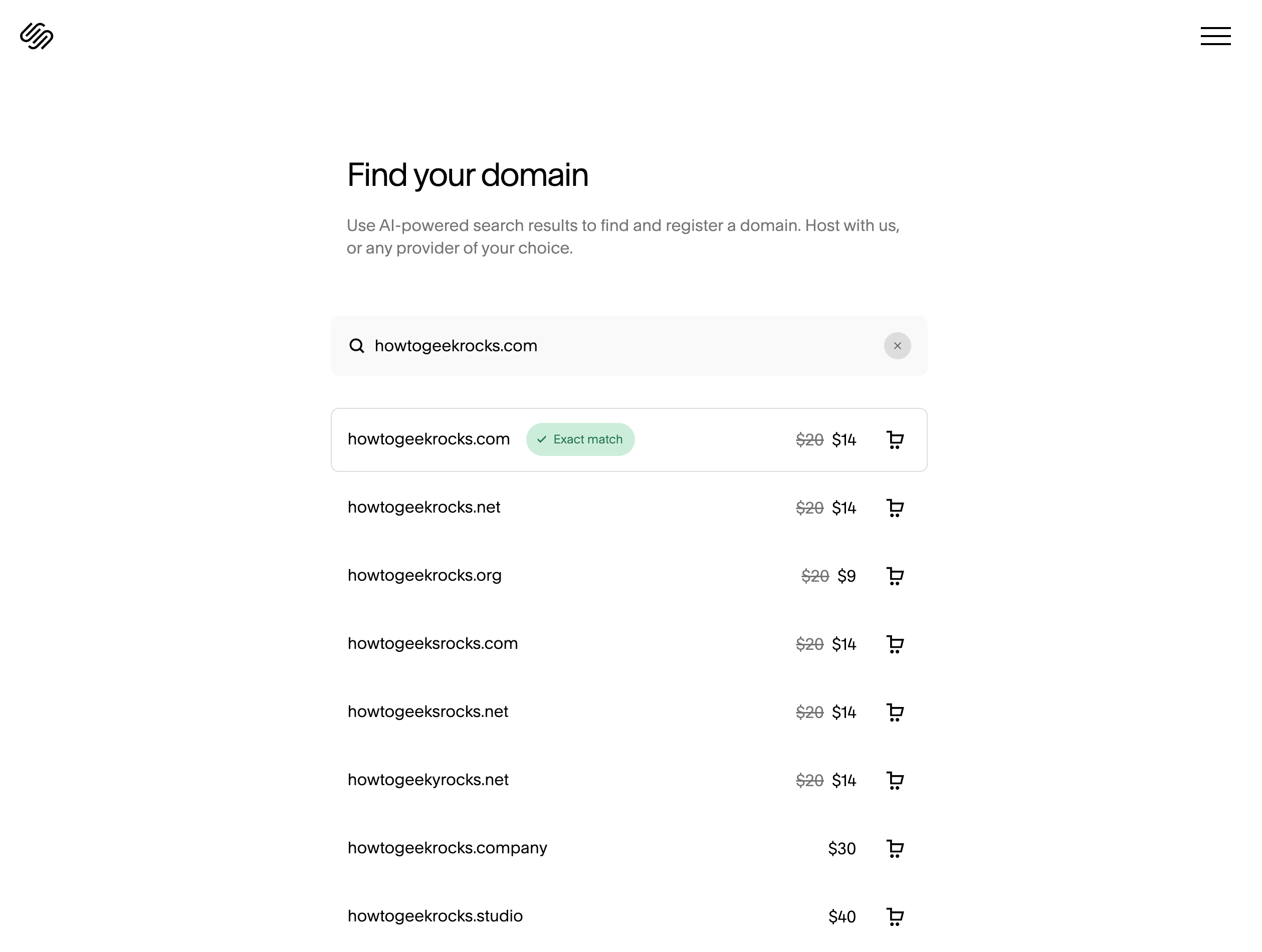
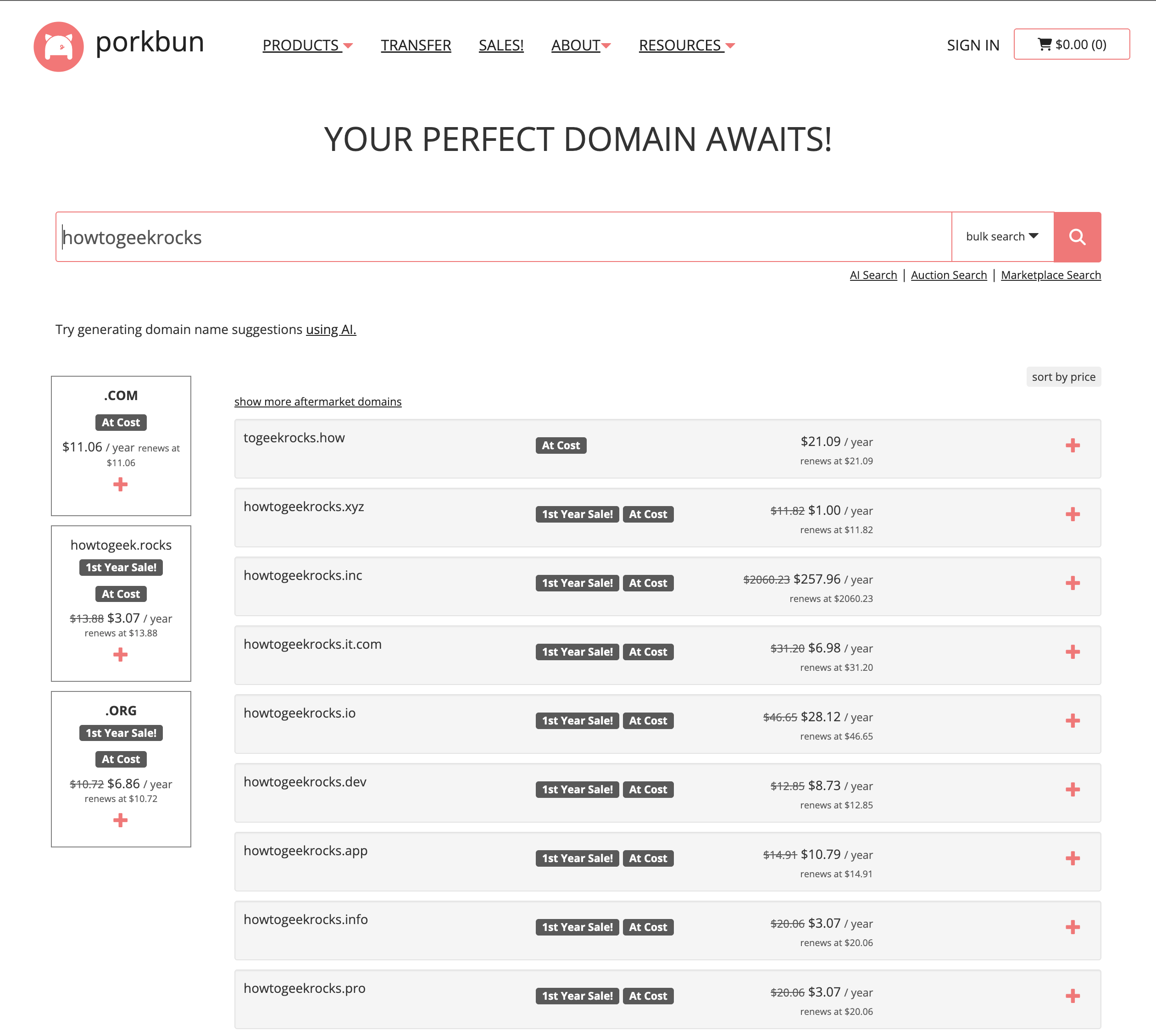
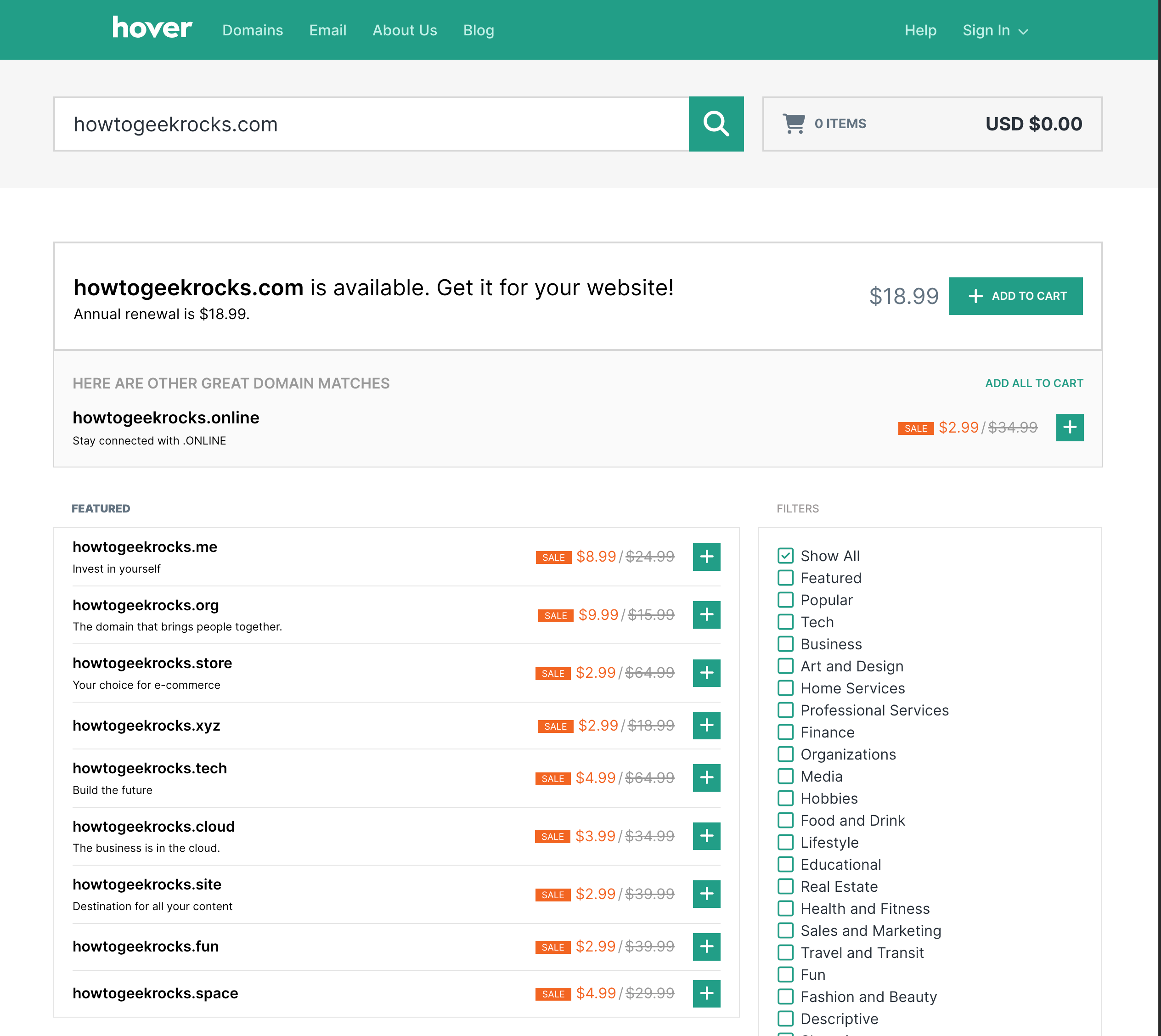
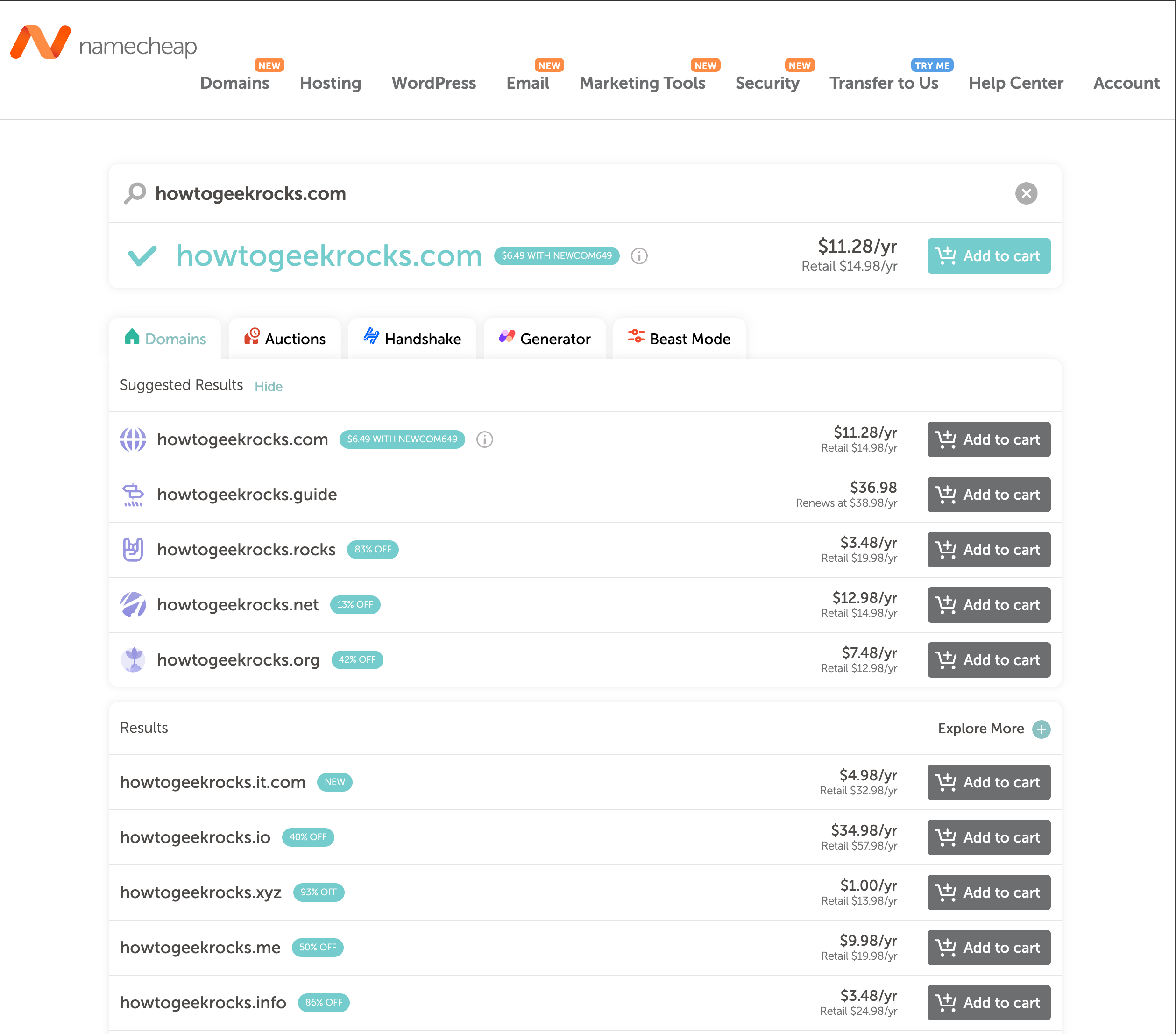
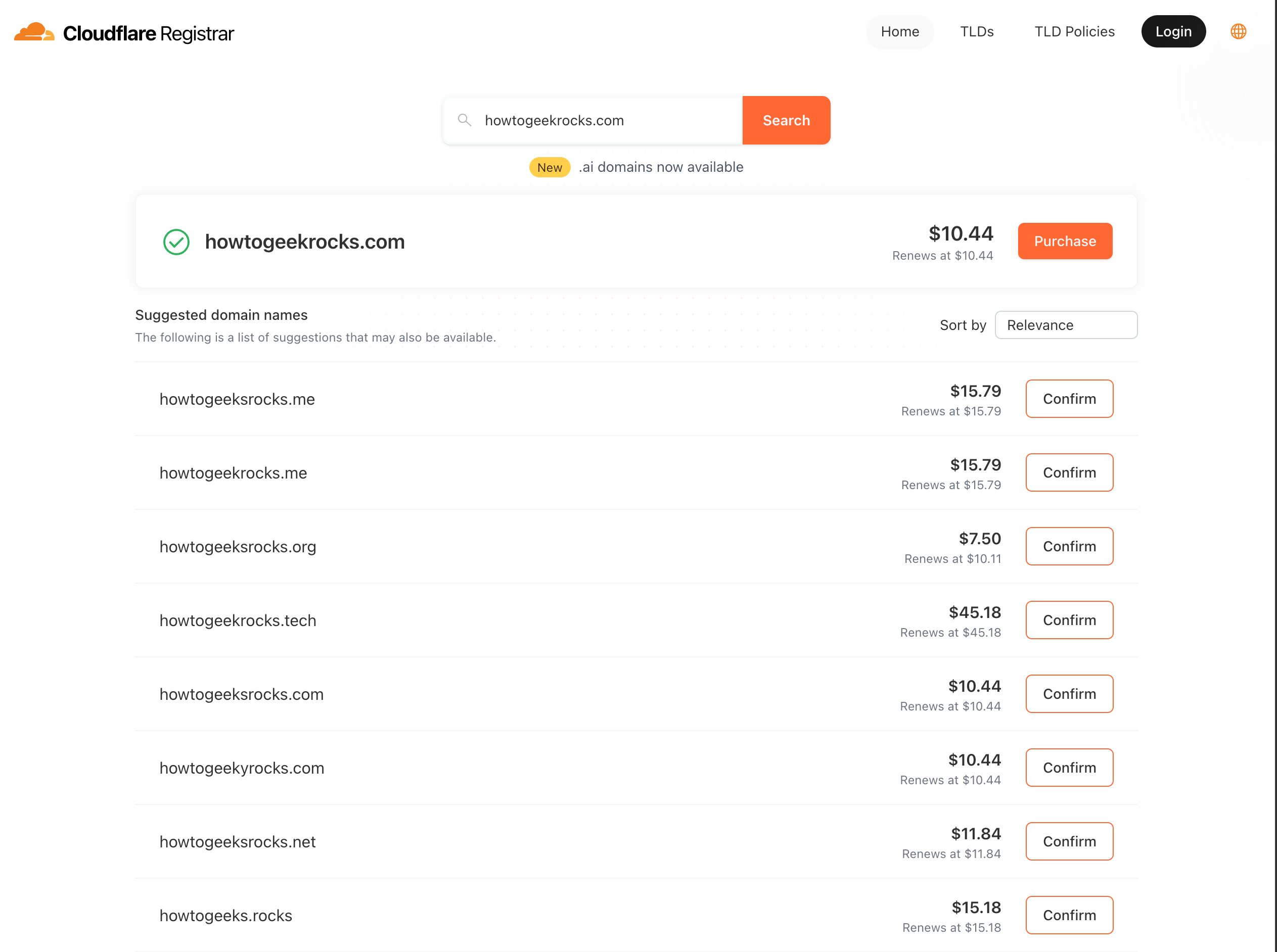





Leave a Comment
Your email address will not be published. Required fields are marked *